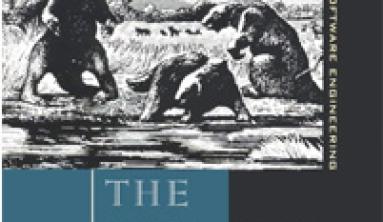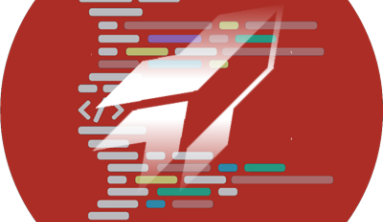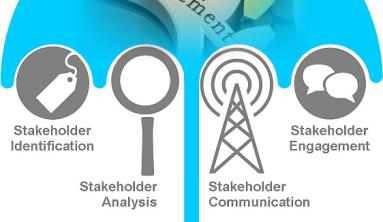Appraisal costs include all of the following EXCEPT
A) inspection.
B) process inspection.
C) product testing.
D) spoilage.
E) none of the above
ANSWER: D
Appraisal costs are fees a company pays to detect defects in its products ahead of delivering them to customers; they are a form of quality control. For most companies, the money that would be lost as a result of selling faulty products or services far outweighs the appraisal costs.
External failure costs include all of the following EXCEPT
A) liability claims.
B) transportation costs.
C) scrap.
D) customer support.
E) none of the above
ANSWER: D
The costs of quality include all of the following EXCEPT
A. prevention costs.
B. appraisal costs.
C. supply chain failure costs.
D. All of the above are costs of quality.
Ansswer: C. supply chain failure cost
"Prevention costs include all of the following EXCEPT ____________.
A. Conduct peer reviews, group reviews on the products
B. Organize knowledge sharing/workshops for the team
C. Collect lessons learnt & best practices of previous projects
D. Have team members get professional certifications"
ANSWER: A. Conduct peer reviews, group reviews on the products
The cost of developing and conducting a training program for employees to help them manage the quality of their work best fits with
A. internal failure cost.
B. external failure cost.
C. appraisal cost.
D. prevention cost.
ANSWER: D. prevention cost.
"Which of the following is considered a cost of prevention?
A. Re-work costs
B. Testing costs
C. Costs of design reviews
D. Training costs"
ANSWER: D. Training costs
"Which of the following is considered as a cost of prevention?
A. Testing efforts
B. Rework efforts
C. Efforts for collecting historical data
D. Inspection efforts"
ANSWER: C
"Which of the following is NOT an example of COQ?
A. Load more programmers to secure the release date
B. Spend more time in studying coding standards and design pattern
C. Request TQA to inspect the design pattern
D. Mobilize additional resources to repair defective products"
ANSWER: A
"Which of the followings is TRUE about the costs of quality?
A. Prevention costs are money spent because of failures
B. Prevention costs are different from failure costs
C. Prevention costs are not different from failure costs
D. Failure costs are money spent to avoid failures"
ANSWER: B. Prevention costs are different from failure costs
"Warranty cost is an example of ____________.
A. Appraisal cost
B. Failure cost
C. Service cost
D. Correction cost"
ANSWER: B. Failure cost
Warranty cost is the cost that a business expects to or has already incurred for the repair or replacement of goods that it has sold. The total amount of warranty expense is limited by the warranty period that a business typically allows. Warranty cost is associated with a defective product repair, replacement, or refund
Which of the following would NOT be considered a failure cost of quality?
A. Cost of inspection and testing—after rework has been performed.
B. Cost of final product testing that occurs at a distribution center.
C. Cost of reworking a product so that it conforms to specifications.
D. Costs associated with selling blemished products or factory seconds.
ANSWER: B. Cost of final product testing that occurs at a distribution center.
"The manager asks you to compare the cost of quality to the expected benefit. Which of the following tools should you use?
A. Cost Benefit Analysis
B. Sunk Cost Analysis
C. Opportunity Cost Analysis
D. Design of Experiments"
ANSWER: A

Nguồn: TIGO Solutions







